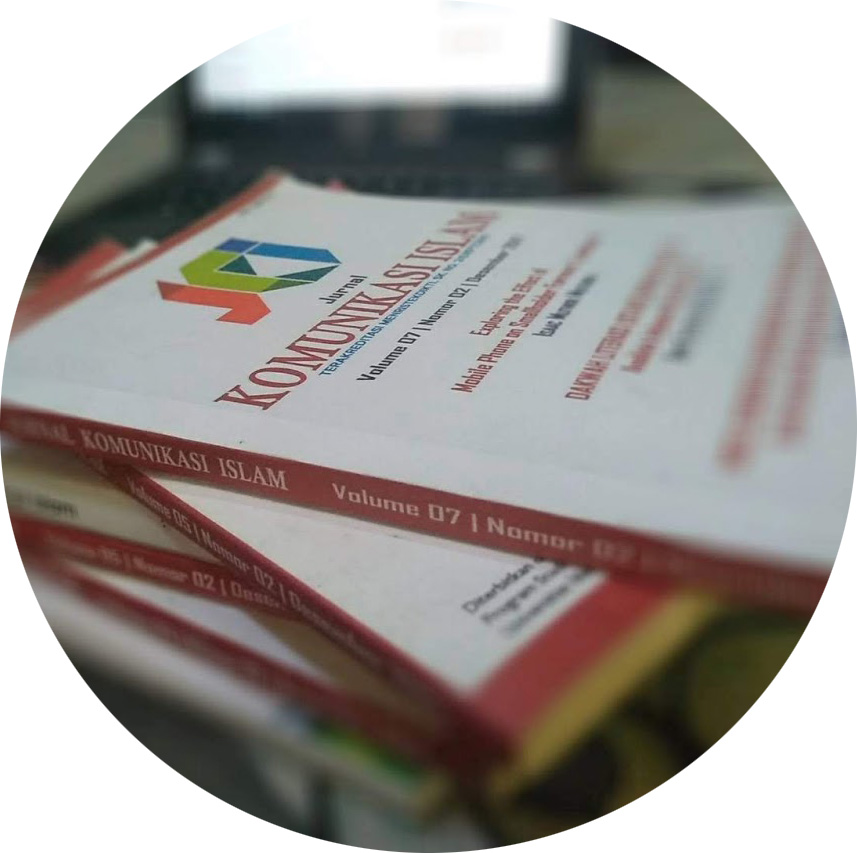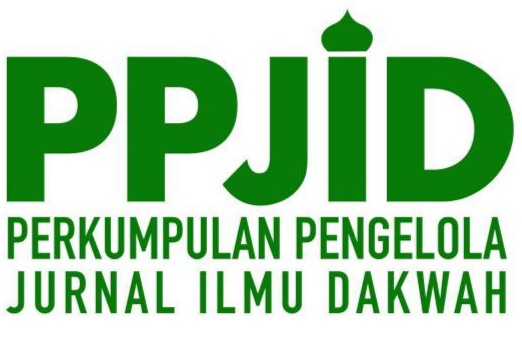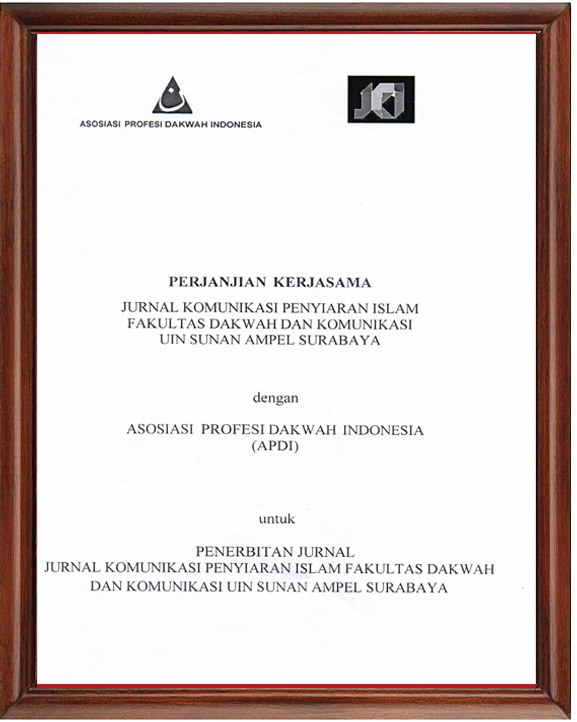Semiotic Analysis of Islamic Communication Message of Melengkan at Gayonese Culture in Central Aceh
DOI:
https://doi.org/10.15642/jki.2019.9.2.193-212Keywords:
Semiotics, Melengkan Custom, Gayo, Islamic CommunicationAbstract
This study discusses the forms of the message and the principles of Islamic communication at Gayo ethnic culture in Central Aceh District. Using qualitative research with the semiotics analysis approach in analysing the text of the customary speech written by A.R. Hakim Aman Pinan, this research found that the form of messages contained in the custom of downcast is the form of informative messages namely messages spoken by pemelengkan only in the form of persuasive messages, namely pemelengkan give advice containing persuasion so that awareness arises in the communicant, and coercive messages, namely pemelengkan give orders to comply with customs and sanctions against these violations. Additionally, the principles of Islamic communication contained this culture are the principle of qaulan sadiddan, qaulan kariman, qaulan layyinan, qaulan maysuran, and qaulan ma’rufan.
Downloads
References
Afriani, R. (2018). Melengkan structure analysis. Journal of Language Masters 6(1), pp. 67-77.
Ara, L.K., & Medri. (2008). Aceh Customary, Hikayat and Literature Encyclopedias. Banda Aceh: NAD Archives and Library Agency.
al-Bukhari, Ismail, A.A.M. (2011). Shahih Bukhari 1, trans. Musykar, et al. Jakarta: al Mahira.
Eades, D. (2005). A Grammar of Gayo: A Language of Aceh, Sumatra. Australia: Pacific Linguistics Research School of Pacific and Asian Studies.
Hefni, H. (2015). Islamic Communication. Jakarta: PrenadaMedia Group.
Husaini, et al. (1990). Twenty-Five Questions and Answers Regarding Islamic Communication. Malaysia: Center for Development and Further Education.
Hussain, Y.M. (1986). Islamization of communication theory. Journal of Asia Media, 13(1).
Ibrahim, M. (2009). Syariat and Custom. Takengon: Maqamam Mahmuda Foundation.
Jaya, I., & Bukhari, D. (2017). A Discourse analysis of telling at a gayonese wedding ceremony. Studies in English Language and Education. 4 (1), pp. 105-119.
Kholil, S. (2007). Islamic Communication. Bandung: Citapustaka Media.
Masinambow. (2002). Semiotics: Collection of Seminar Papers. Depok: Community and Cultural Research Center, University of Indonesia Research Institute.
Melatoa, M.J. (2006). Understanding Aceh A Cultural Perspective in Aceh, Back to the Future. Jakarta: IKJ Press.
Muis, A. (2005). Islamic Communication. Bandung: PT. Teen Rosyda Karya.
Nasution, S. (2003). Qualitative Naturalistic Research Methods. Bandung: Tarsito.
Nazir, (2014). Research Methods, Cet 4. Jakarta: Ghalia Indonesia.
Pinan, A. (2003). Safe Lifecycle of Gayo. Central Aceh: ICMI Orsat.
Sujarwo, & Basrowi. (2009). Social Research Management. Bandung: Mandar Maju.
Yoga, S.S. (2007). Analysis of the Contents of Islamic Communication in the Art Poetry of Didong Gayo. Medan: IAIN North Sumatra.
Zainuddin. (2013). Analysis of ideology in the text of ceremonies inferring gayo ethnic culture in the perspective of social semiotics. Journal Discuss, 85 (39), pp. 56 – 67
Downloads
Published
How to Cite
Issue
Section
License
Copyright (c) 2019 Marhamah, Linur Ficca Agustina

This work is licensed under a Creative Commons Attribution-ShareAlike 4.0 International License.













